Nov 01
20231
United Nations, Whiteness & Aversive Racism
Genocide international human rights law OHCHR Palestine United Nations
NY Office Director of UN High Commissioner for Human Rights Resigns – This Is His Resignation Letter
October 31, 2023
“This is a text-book case of genocide. The European, ethno-nationalist, settler colonial project in Palestine has entered its final phase, toward the expedited destruction of the last remnants of indigenous Palestinian life in Palestine.”
Director in the New York Office of the UN High Commissioner for Human Rights Craig Mokhiber. (Photo courtesy. unwatch.org/)
Craig Mokhiber is a Director in the New York Office of the High Commissioner for Human Rights (OHCHR). A lawyer and specialist in international human rights law, policy and methodology, he has served the UN since 1992. As chief of the Human Rights and Development Team in the 1990s, he led the development of OHCHR’s original work on human rights-based approaches to development and human rights-sensitive definitions of poverty. He has also served as the UN’s Senior Human Rights Advisor in both Palestine and in Afghanistan, led the team of human rights specialists attached to the High Level Mission on Darfur, headed the Rule of Law and Democracy Unit, and served as Chief of the Economic and Social Issues Section, and Chief of the Development and Economic and Social Issues Branch at OHCHR Headquarters. [Source: United Nations]



















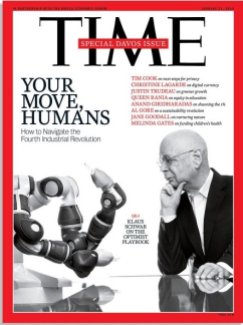 He enthuses: “While it may not feel momentous to those of us experiencing a series of small but significant adjustments to life on a daily basis, it is not a minor change—the Fourth Industrial Revolution is a new chapter in human development, on a par with the first, second and third Industrial Revolutions, and once again driven by the increasing availability and interaction of a set of extraordinary technologies”. (5)
He enthuses: “While it may not feel momentous to those of us experiencing a series of small but significant adjustments to life on a daily basis, it is not a minor change—the Fourth Industrial Revolution is a new chapter in human development, on a par with the first, second and third Industrial Revolutions, and once again driven by the increasing availability and interaction of a set of extraordinary technologies”. (5)

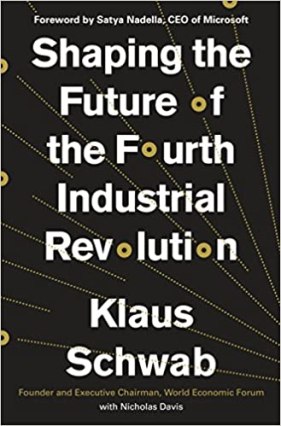 But this does not stop him presenting them in a positive light, as when he declares that “public crime is likely to decrease due to the convergence of sensors, cameras, AI and facial recognition software”. (27)
But this does not stop him presenting them in a positive light, as when he declares that “public crime is likely to decrease due to the convergence of sensors, cameras, AI and facial recognition software”. (27)


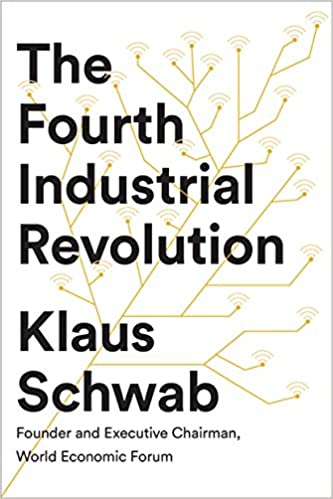 “This gives rise to an inequality that goes beyond the societal one described earlier. This ontological inequality will separate those who adapt from those who resist—the material winners and losers in all senses of the words. The winners may even benefit from some form of radical human improvement generated by certain segments of the fourth industrial revolution (such as genetic engineering) from which the losers will be deprived. This risks creating class conflicts and other clashes unlike anything we have seen before”. (51)
“This gives rise to an inequality that goes beyond the societal one described earlier. This ontological inequality will separate those who adapt from those who resist—the material winners and losers in all senses of the words. The winners may even benefit from some form of radical human improvement generated by certain segments of the fourth industrial revolution (such as genetic engineering) from which the losers will be deprived. This risks creating class conflicts and other clashes unlike anything we have seen before”. (51)
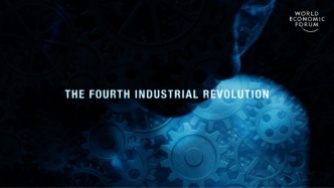 One of these “narratives” whitewashes the reasons for which 4IR technology needs to be installed everywhere in the world as soon as possible.
One of these “narratives” whitewashes the reasons for which 4IR technology needs to be installed everywhere in the world as soon as possible.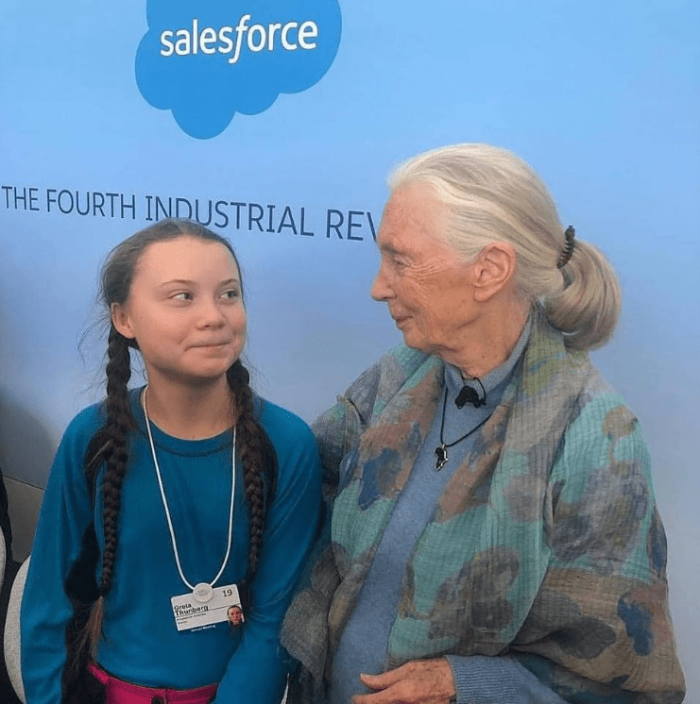









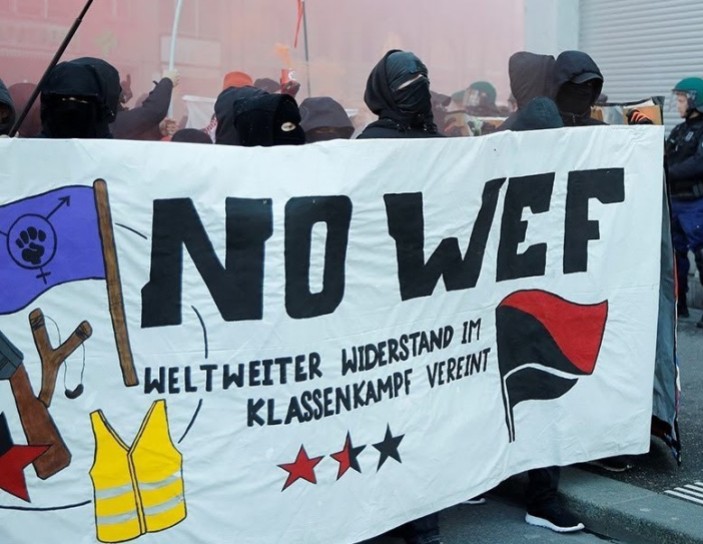











![Video still. Peter Schwartz, Salesforce "welcomes Klaus Schwab, World Economic Forum Executive Chairman and Founder, into the Salesforce LIVE Studio for a chat about the future of global governance." [2014]](https://i0.wp.com/www.wrongkindofgreen.org/wp-content/uploads/2020/03/salesforce-live.png?resize=690%2C471&ssl=1)











